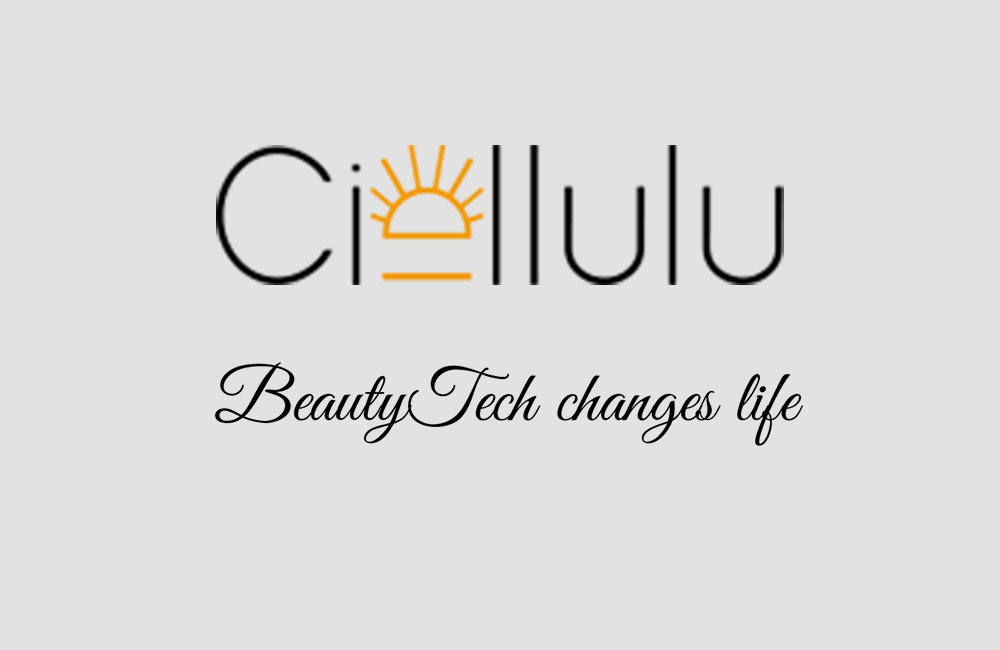The Impact of Air Pollution on Acne

The Impact of Air Pollution on Acne
The Impact of Air Pollution on Acne: A Closer Look
In our rapidly industrializing world, air pollution has become an omnipresent concern, impacting various aspects of health. One of the less frequently discussed yet significant repercussions of air pollution is its effect on our skin, particularly in exacerbating acne. This article delves into how air pollution contributes to acne and explores potential treatments such as IPL for acne, IPL laser before and after results, and whitening skin treatments.
Understanding the Connection Between Air Pollution and Acne
Air pollution consists of a mix of solid particles and gases, including car emissions, industrial discharge, and chemical pollutants. These pollutants can settle on the skin, leading to clogged pores, increased production of sebum, and inflammation—key factors contributing to acne development.
When pollutants like particulate matter and polycyclic aromatic hydrocarbons (PAHs) come into contact with the skin, they trigger oxidative stress. This stress generates free radicals, which damage skin cells, break down collagen, and impair the skin's barrier function. As a result, individuals living in highly polluted areas often report more severe and frequent breakouts.
IPL for Acne: A Modern Solution
Intense Pulsed Light (IPL) therapy has emerged as a promising treatment for acne. By emitting a broad spectrum of light, IPL targets pigments within the skin, reducing inflammation and killing acne-causing bacteria. The benefits of IPL for acne go beyond immediate symptom relief; it can also reduce redness, diminish the appearance of acne scars, and improve overall skin texture.
IPL Laser Before and After: What to Expect
Many people considering IPL treatment for acne are curious about the potential results and side effects. Photographs showing IPL laser before and after results often depict significant improvement in skin clarity and reduction in acne lesions.
Before undergoing IPL therapy, patients typically experience inflamed, red, and uneven skin due to active acne and residual scarring. Post-treatment results generally show a marked decrease in active acne, a more even skin tone, and a reduction in the appearance of scars and pigmentation. Most patients report noticeable improvements after several sessions, underscoring the effectiveness of this treatment.
Whitening Skin Treatment: An Adjunct to Acne Therapy
Whitening skin treatments can complement acne treatments by addressing pigmentation issues that often accompany acne. These treatments focus on reducing hyperpigmentation and evening out the skin tone. Many whitening skin treatments contain ingredients like Vitamin C, kojic acid, and hydroquinone, which inhibit melanin production and promote a brighter complexion.
When combined with treatments like IPL, whitening skin treatments can significantly enhance the overall appearance of the skin. By reducing both the incidence of acne and the resulting pigmentation, these treatments help achieve a clearer and more radiant skin tone.
Conclusion
The impact of air pollution on acne is an emerging concern, with pollutants exacerbating skin issues and accelerating the ageing process. Treatments like IPL therapy and whitening skin treatments offer hope to those affected by pollution-induced acne. By targeting the root causes and visible effects of acne, these treatments can restore skin health and confidence. As always, individuals should consult a dermatologist to tailor treatments to their specific needs and skin types. Together, science and innovative skincare solutions can help combat the adverse effects of our polluted environment on our skin.




 Ciellulu Laser - Facial Machine Supplier
Ciellulu Laser - Facial Machine Supplier

